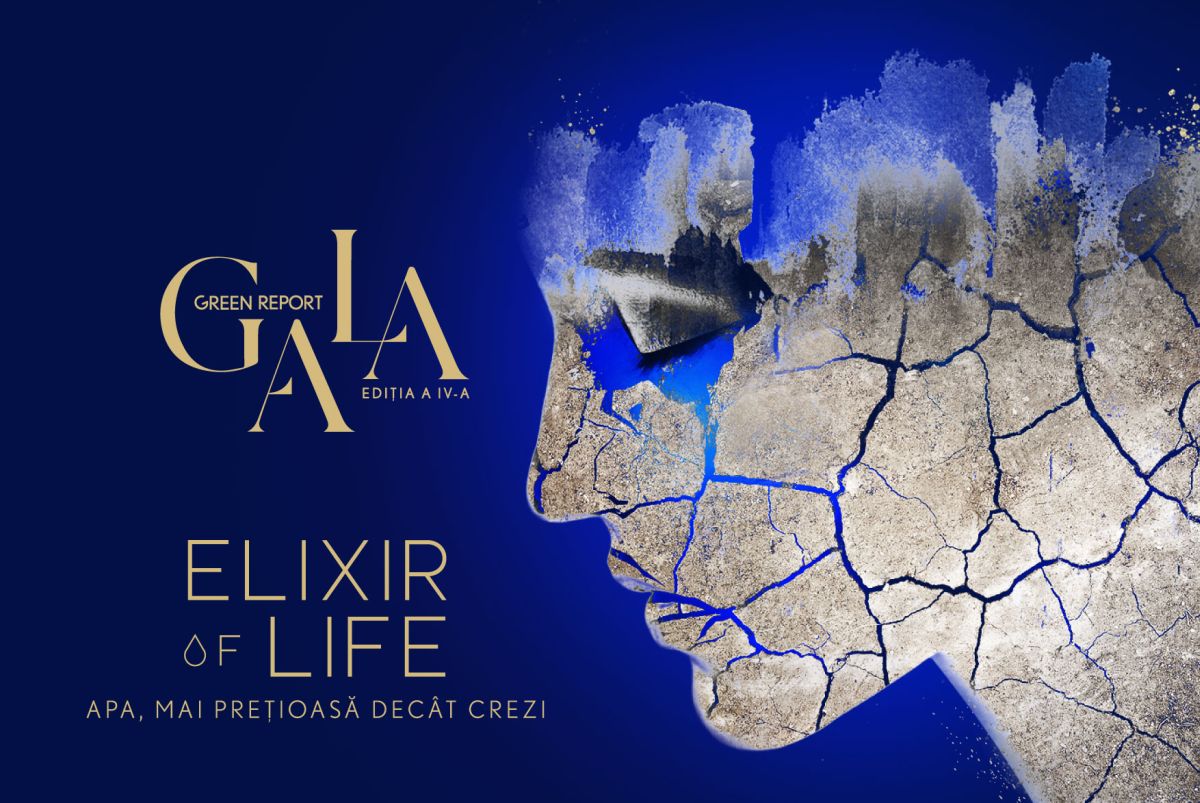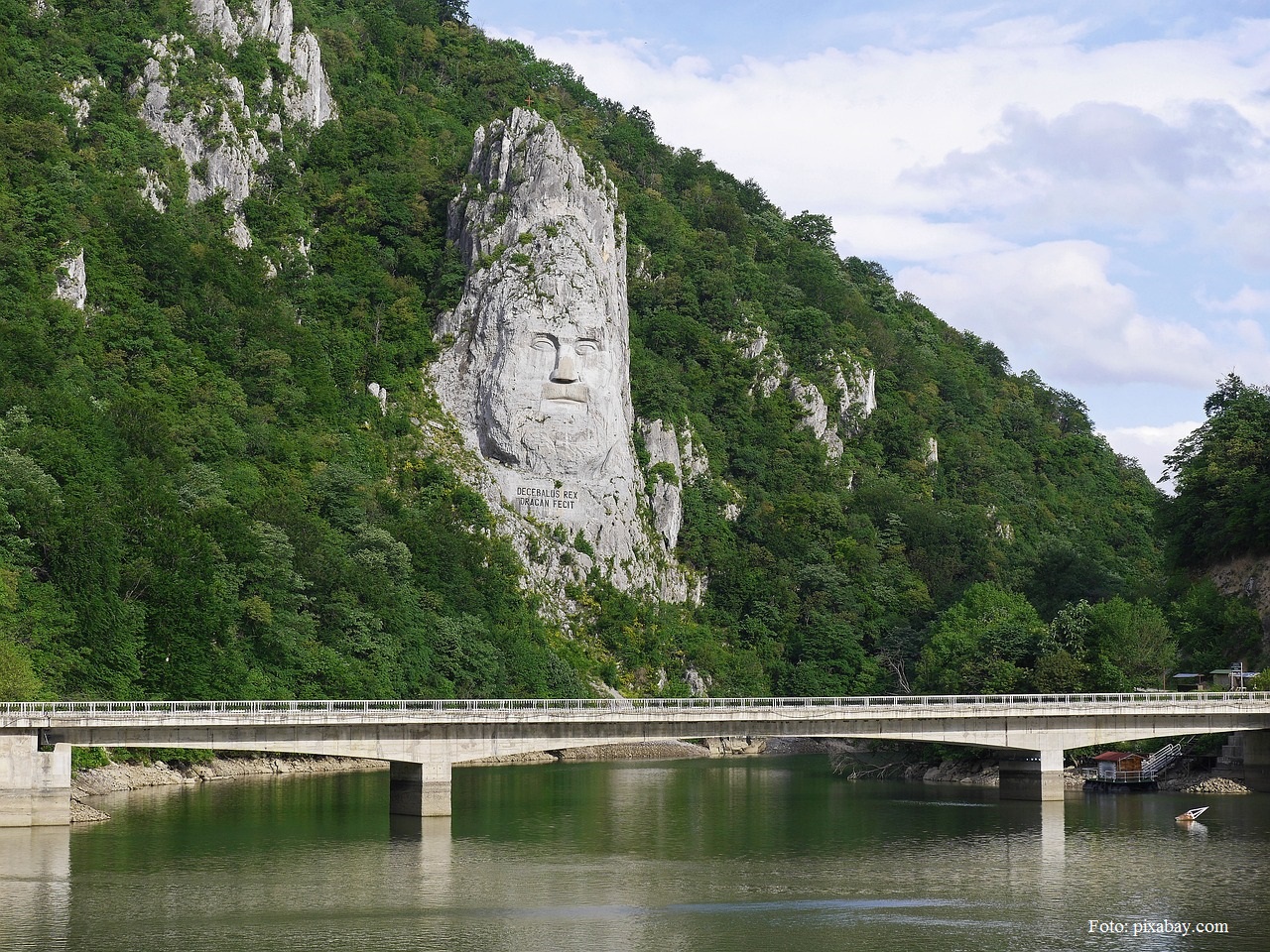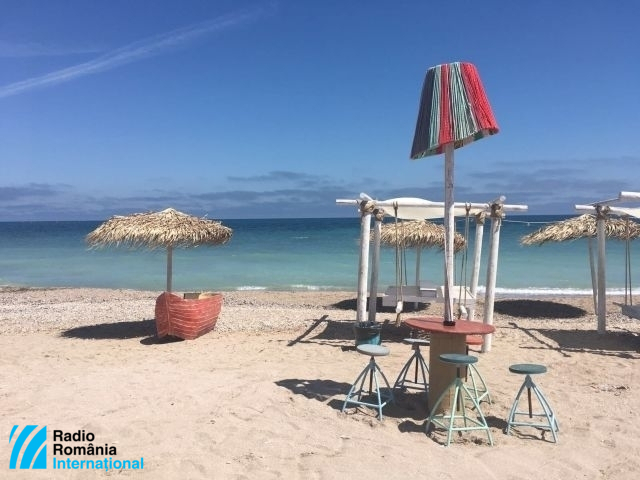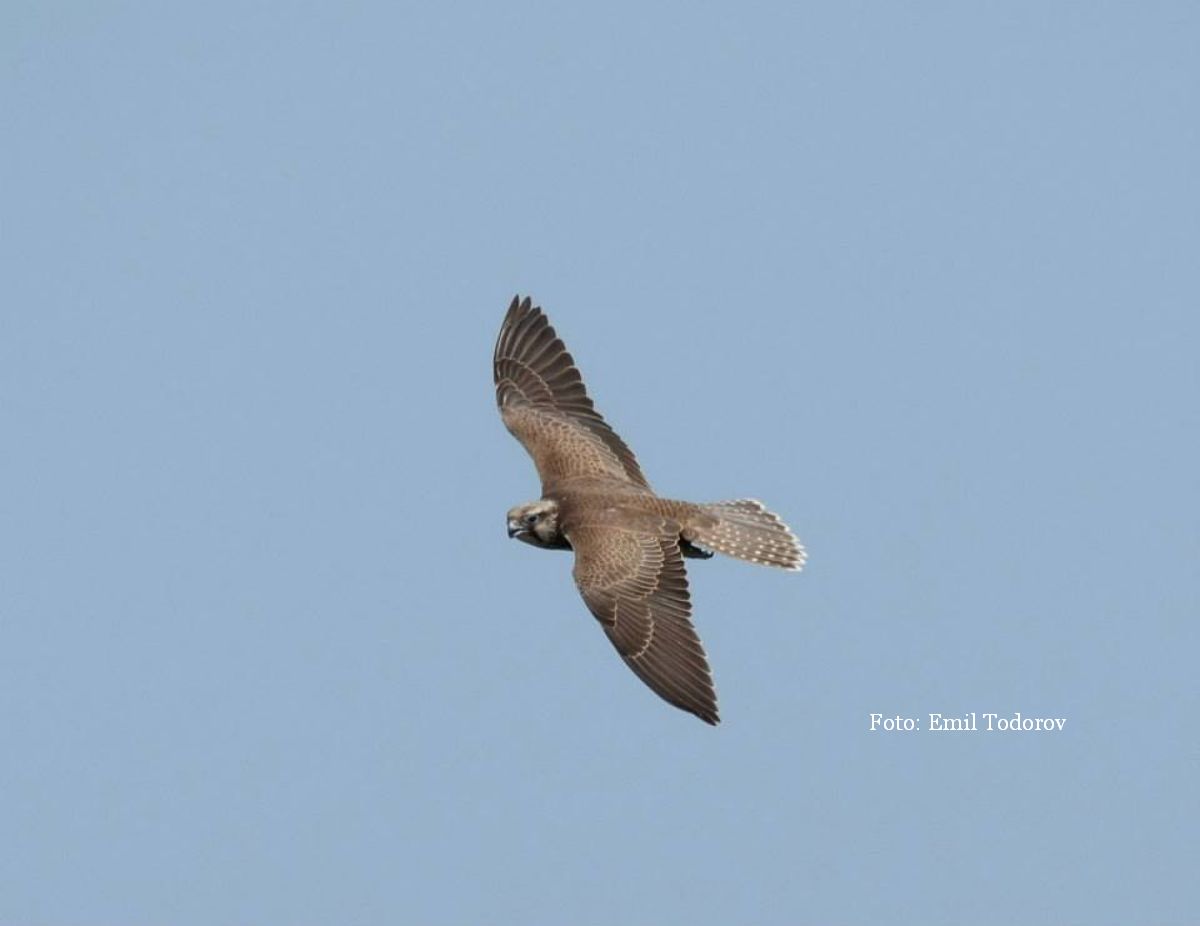The Nera Gorges
The Nera Gorges national park situated in south western Romania is one of the countrys most beautiful protected areas
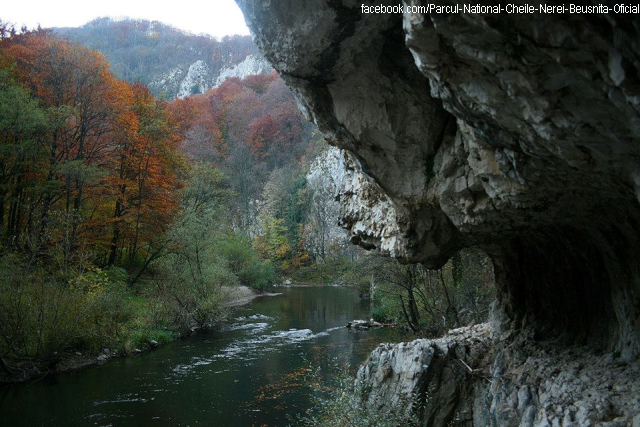
România Internațional, 25.08.2017, 11:10
The parks most grandiose place is the Nera Gorges, a canyon stretching over more than 20 kilometres. The Nera River is crossing this spectacular, breath-taking canyon, the biggest in Romania, with stonewalls reaching up 200 meters, into which the water has carved numerous ponds, caves, canyons and waterfalls. Tens of tourists are visiting the Nera Gorges every year and for this reason the authorities want to turn it into an eco-tourism destination. Raluca Peternel with the WWF branch in Romania has worked on the Nerei project from its very beginning.
Raluca Peternel: “The Nera Gorges as an eco-tourist destination has been proposed upon a selection carried out in all the south western Carpathians. The initiative is part of a bigger project run by WWF Romania jointly with its partners. As part of this project called ‘Wildlife in the Carpathians – wealth for the people, research was carried out on areas with tourist potential in south western Carpathians. Because the Nera Gorges got the highest number of points, the place was promoted as an ecotourist destination. The area is famous for its legends, breath-taking beauties as well as cultural values like traditions and customs. The area has its well-preserved forests that have been proposed for UNESCO. There is accommodation here that can cater for all tastes as well as many entertainment facilities. All tourist routes are marked and certified and have been included on a map, which is available in guest-houses, the parks administration centre and in many other places. Tourists cannot get lost if they have this map, which comprises comprehensive information about the region.
The Nera Gorges-Beusnita natural reserve was created back in 1943 to protect the biodiversity in the region as well as a series of areas of breath-taking beauty, some of which have been included in national and international rankings. Here is the Bigar waterfall, a unique place in the world, which looks like a cupola inundated by waters coming from underground caves. The Devils Lake is one of the most interesting lakes in the region and was formed after the ceiling of a cave had collapsed. It is 9 meters deep, the deepest Karst lake in the country. In a wild area of the park, the Ochiul Beiului Lake is crater shaped, and is 3.6 meters deep. It is blue in colour, and so clear that you can see the fish swimming in it. 20 minutes away from Ochiul Beiului Lake is Beusnita Waterfalls, in fact a chain of smaller waterfalls, 15 meters tall, covered in green moss.
The Nera Gorges area has some of the most beautiful ancient and semi-virgin beech forests in Europe. The forested peaks are not too high, but we find a rich biodiversity. Here we find 30 orchid species, and a luxuriant vegetation climbs the limestone walls, in the cracks grow wild lilac bushes, alongside other sub-Mediterranean plants. Calin Uruci, a biologist with the park’s management, told us: “In terms of biodiversity, along the Nera River we have species that are Tertiary Age relics, such as the Balkan Loach. If we speak of the beech copses on the limestone plateaus, on the Nera’s steep banks, we are about to issue a UNESCO backed website, since here we have some of the most representative ancient and semi-virgin beech forests in Europe. Numerous invertebrate species find shelter here, which is provided by the old-growth trees, and the significant quantities of deadwood, helping to regenerate elements in forest ecosystems. Basically, in a dead tree there’s more life, due to species that take shelter here, than in a living one. The older the tree, the more valuable it is in terms of biodiversity. The park is special due to its sub-Mediterranean climate and its Karst relief, which is why we have here species such as the horned viper, or species endemic to the park, such as the Carpathian scorpion, which you can see on the national park’s crest.
The Nera Gorges area also shelters many species of birds, mammals, while its pristine waters are home to many species of carnivorous fish. Calin Uruci: “We have large numbers of peregrine falcon, in fact, we have here more than three quarters of daytime predatory birds in the country, and 9 out of the 10 species of woodpecker in the country. We also have rare species, protected at the European level. In total, we have over 140 species that are protected. In terms of running water bodies, we have the common kingfisher, one of the most beautiful birds in Romania, and people who go by boat down the Nera river can see them fly along it in summer. In terms of mammals we have a sizeable population of lynx, as well as several wolf packs. Bears are rarer, it is only a transit area for them. Since water is the most important element, this park has a well represented population of otters.
This area, which is about to be turned into a destination for eco-tourism, has everything to gain from the development of local communities. Producers will be able to better sell their traditional fares, which are being advertised at international fairs, such as Banat spirits, Tirol cheeses, jams and preserves, and many types of honey.

